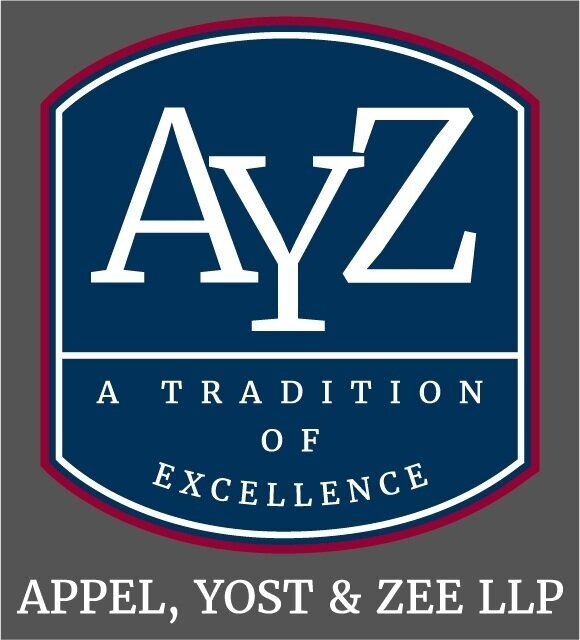Finally Enough Funding?: Governor Shapiro's Proposed Public Education Budget
April 18, 2024
By Michael W. Lewis
In the Commonwealth of Pennsylvania, approximately 83% of school districts have an equity shortfall as it relates to state funding. The average shortfall is $2,680 per student, while 22% of districts have a shortfall of at least $4,000 per student. Governor Shapiro’s released 2024 K-12 Public Education Budget Proposal (the “Proposal”) aims to provide a general education and special education funding increase for every district to alleviate those shortfalls using smoothed out formula factors. As presented, the current funding structure has several fundamental problems, including no goal of fully funding schools, funding not being based on a uniform formula, inequities between districts due to low state funding, and the continued disparity between higher and lower-wealth communities.
The rationale behind this proposal comes from a 2023 decision that found Pennsylvania’s school funding structure to be unconstitutional. The Education Clause requires that every student be provided with a meaningful opportunity to succeed academically, socially, and civilly, which requires that all students have access to a comprehensive, effective, and contemporary system of public education. A funding system that is heavily dependent on local tax revenue, and does not consider adjustments for student and district characteristics, disadvantages students in low-wealth districts, and is therefore violative of the Education Clause.
The Proposal attempts to enact four reforms, including protecting high transient and rural schools from shrinking enrollment, meeting adequacy targets, increasing tax equity, and establishing a standard cyber school tuition rate.
This Proposal is set to shape the next seven years of the state’s education budget to best ensure that taxpayers are treated fairly, and that all districts’ adequacy shortfalls are met. Without language to codify the plan over the next seven years, the school districts found to be underfunded will be assured only one year of funds, while other districts with more financial security would have more protection and easier success in meeting their adequacy targets. Additionally, with the perceived success of a seven-year plan in eliminating the widespread funding gaps, hold harmless redistribution to the current 270 hold harmless districts will no longer be necessary.
To reach those adequacy targets, the Proposal outlines a six-step formula that includes using state performance standards to ascertain which districts are meeting state targets on the PSSAs, Keystone Exams, and graduation, determining what schools spend per student, and eliminating the highest spending outliers to help in determining the state’s share of funding for each respective district.
Additionally, the Proposal introduces annual tuition rates for general and special education students participating in cyber programs in an attempt to provide all districts with predictability in their budgeting and help contain the continual growth in tuition rates going forward. Data from 2021-2022 showed that general education tuition rates ranged from $8,000 to $26,000, while special education tuition rates ranged from $18,000 to $57,000. The Proposal would provide a flat charter program tuition rate of $8,000 per student, while special education students would pay the same flat rate of $8,000, plus the existing special education tuition payment. As a result, the Proposal suggests that 498 school districts would benefit, and districts would save a total of $262 million.
Should you have any questions regarding this ruling, please do not hesitate to contact Mike Lewis or any of the attorneys in the Appel, Yost & Zee Education Law Group.
